Soil Type
The soils have varied and complex features with strong presence of limestone, areas rich in marl and pebbles, as well as partially clay. They are situated at an altitude between 100 and 400 meters above sea level, with a West, South-West.
Weather Trends
Autumn brought abundant rain from mid-October to late December. Temperatures stayed mild, sometimes exceeding seasonal averages. Intense cold arrived in February, nearing 0°C. March began with strong sea winds and rain, but mild temperatures helped early varieties like Merlot develop buds. Late March brought Russian winds, dropping temperatures and causing night frosts. Cabernet Sauvignon was unharmed, while some Cabernet Franc showed slower development on secondary buds.
April and May were mild, with alternating sun and rain, leading to increased vegetation. Agronomists intervened to control plant growth. By mid-June, sunny, warm weather lasted until harvest, interrupted only by rain in July and August. The grapes ripened 7-8 days earlier than usual. Despite higher sugar content, they arrived healthy, fully ripe, and of excellent quality.
Harvest
The manual harvest began in the first week of September with the grapes from the younger vineyards starting from the Cabernet Franc and then continued with the Cabernet Sauvignon from the vineyards located at lower altitudes, ending in the last week of September with those on the hills located over 300 meters above sea level (Vigna di Castiglioncello and Vigna del Quercione).
Vinification
Selection of the grapes through a sorting table, to eliminate impurities and any presence of imperfections. Soft pressing and delicate destemming of the grapes, maintaining the integrity of the berries and avoiding excessive transfer of tannins. The alcoholic fermentation (completely spontaneous and without the addition of external yeasts) was concluded by the end of October and carried out regularly and at controlled temperatures not exceeding 27-28 °C.
Frequent delestages and pumping over allowed for excellent aromatic extraction and freshness in terms of acidity of the musts. The malolactic fermentations took place in steel, at the end of November. In the first week of December, after frequent decanting to clean the musts, the wine was placed in oak barriques.
Ageing
At the end of the malolactic fermentation, the wine was placed in barriques using 45% new wood, 45% first passage and 10% second passage. Sassicaia 2020, after more than 25 months of aging in wood, was decanted into steel tanks before the final blending and then bottling. Subsequent refinement in the bottle before release on the market.
For more information on the Tenuta San Guido wines click here or visit their website here.


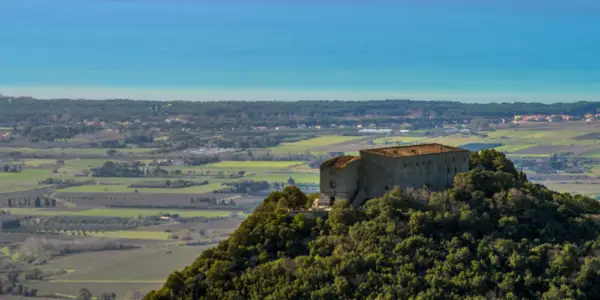
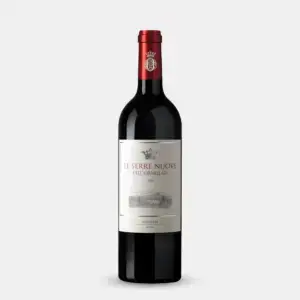
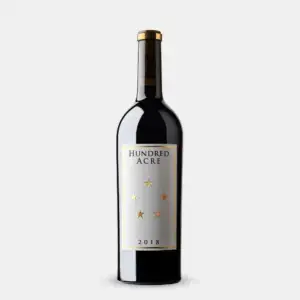
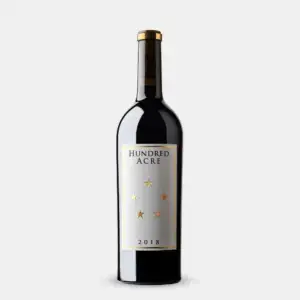
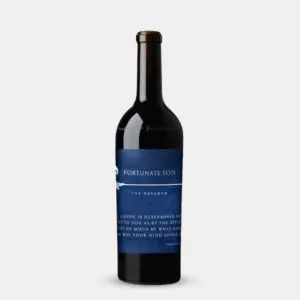
Reviews
There are no reviews yet.